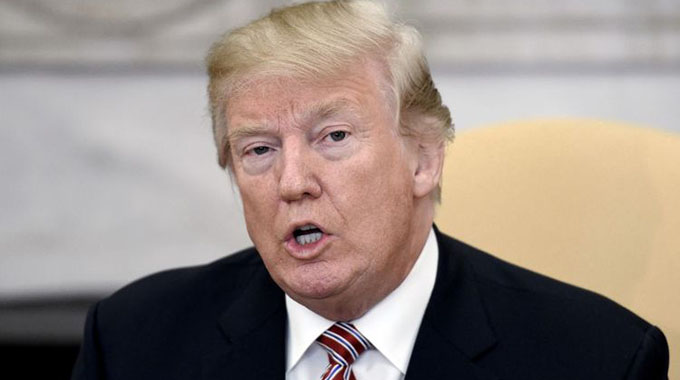Plan International gets bold on safeguarding children

Blessing Mushohwe
World news has for a long time carried headlines of allegations where those entrusted with working for a particular group or community as aid/relief, development or peacekeeping workers become engaged in abusive or exploitative conduct with the locals, particularly children, young girls and women.
Topping the list is normally sexual conduct in circumstances which point to abuse of power and indeed exploitation of children and women’s vulnerability as a result of their desperate situation.
These allegations have over time certainly opened the world’s eyes to the fact that people working in organisations providing relief or development interventions can also abuse the same beneficiaries they are trying to help.
Whereas some allegations are big and make news on the world stage, such practices are common in many organisations that work in communities, including those working for children in Zimbabwe.
Headlines such as “Sex scandal at children’s home” in the B-Metro of April 15, 2017 or “Chaplain, teacher in the dock for sexual abuse” in The Herald of January 24, 2018, or “Rape storm at Bulawayo children’s home” in the Chronicle of December 15, 2015, have surfaced.
While these may be allegations that may not have been proven as yet, the stories point to a worrisome problem where those entrusted with working or caring for a particular group of beneficiaries such as children and young people are seen to be abusing them.
As such, whereas such child rights and protection organisations have for a long time been programming in child protection, assuming that abuse happens in communities only, a time has come where the same organisations must have a closer look inside themselves for possibilities of abuse that may be committed by their own staff members.
It is easy for a person working for an organisation such as a child rights organisation to abuse a beneficiary. Poverty creates desperation in our communities and when a relief or aid organisation comes in, its staff members become ‘‘saviours’’ and with that they are held in very high regard. With these elevated positions accorded to them comes power and authority which can be easily abused to get, particularly sexual benefits from vulnerable beneficiaries.
The situation becomes worse if the beneficiary is a child or young person who already has physical and maturity limitations that dis-empowers him/her from resisting advances from the powerful staff member. Some children or young persons may not even know that abuse is happening because of the high regard that they hold the organisation’s staff members.
Staff members come from communities and they bring with them the same community values, beliefs and practices which may be abusive to children. Given an opportunity of working with children, they may end up abusing them hence reports of staff members abusing beneficiaries.
Children are thus not safe both in communities they live in and also as beneficiaries of organisations that purport to protect them.
However, problems as presented above have in recent years resulted in development of a powerful movement of safeguarding children and young people from abuse that may happen in an organisation.
Whereas there have always been Child Protection Policies that organisations adhered to in their work, this has now been modified and strengthened to a concept now being called safeguarding children and young people.
Plan International has certainly pioneered and been leading in this regard with a department established almost 10 years ago, dedicated to safeguarding children and young people.
With this, a comprehensive framework for safeguarding children and young people from abuse that may happen within the organisation as pronounced in its extensive Safeguarding Children and Young People Policy.
Safeguarding children according to Plan International refers to the responsibility that organisations have to make sure that not only their staff members but also their operations and programmes do no harm to children.
With safeguarding in Plan International, there are responsibilities bestowed on staff members to take preventative and responsive measures and activities to safeguard children and young people through ensuring that:
No child or young person is subject to abuse as a result of their association and/or engagement with the organisation; and
That those that harm and abuse children are prevented from joining the organisation.
The above commitments and more as expressed in the Child Safeguarding Policy are binding on all Plan International staff members, its Associates and Partners, all of whom are made to sign an agreement to adhering by the standards set. Furthermore, the policy is not just mere rhetoric but is backed by a set of stringent sanctions when breached.
The rationale for the organisation’s comprehensive safeguarding framework is that while children are already burdened with abuse in communities, which we are trying to intervene on and have been doing so since 1986 in Zimbabwe, Plan International should not be seen to be adding to that suffering through our staff members, operations or programs.
In celebrating the Day of the African Child with the theme of ‘‘Leave No Child Behind’’, Plan International is saying no child should be left behind without protection from abuses that may be perpetuated by its staff members, operations and programs.
We are committed to do our utmost in safeguarding children and young persons from abuse.
Blessing Mushohwe is a Child Rights and Protection Advisor at Plan International. Feedback to: [email protected]










Comments